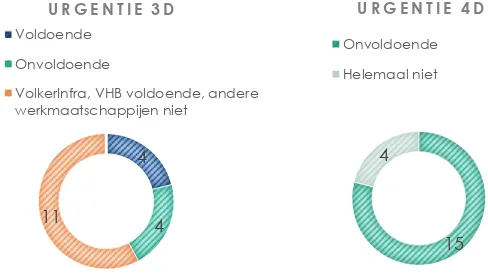De weg naar succesvol veranderen! : toetsen van Kotters model op de implementatie van 3D & 4D bij projecten van VolkerWessels Infra NL
Full text
Figure




Related documents
Each of the five sizes of tagging requests was repeated five times at four different timepoints, giving a total of 20 observa- tions of the total time required for tagging for
poultry, this study determined the residue levels of 8 commonly used veterinary drugs (chloramphenicol, sul- phathiazole, sulphamethoxazole, oxytetracycline, tiamulin,
The concentrations of Ni, Fe, Pb, Mn and Cd in these samples were also determined as soluble and particulate metals using flame Atomic Absorption
In our case series two patients required Caesarean section for fetal indication and both the babies had congenital heart block and were asked regular follow up in
The aim of the present study was to understand the health profile and the socio demographic factors of the country’s rural pregnant females and to estimate the
September 2016 Volume 5 Issue 9 Page 3046 International Journal of Reproduction, Contraception, Obstetrics and Gynecology Goel P et al Int J Reprod Contracept Obstet Gynecol 2016
The advantage of operative management with percutaneous screw fixation (Figure 9) in a non- displaced fracture is the possibility of early functional treatment [37-39]..
Univariate associations between putative explanatory variables (individual and household characteristics, route perceptions and psycho- logical measures towards car use) and walking


